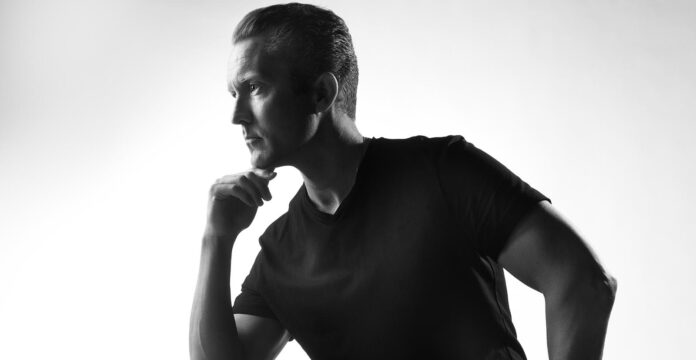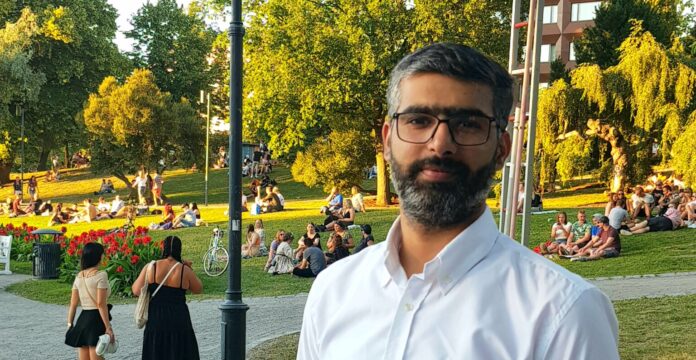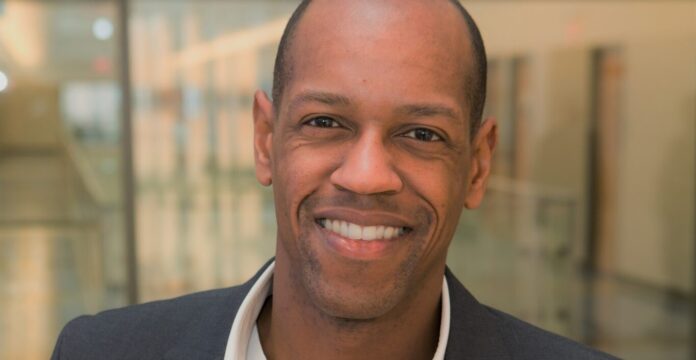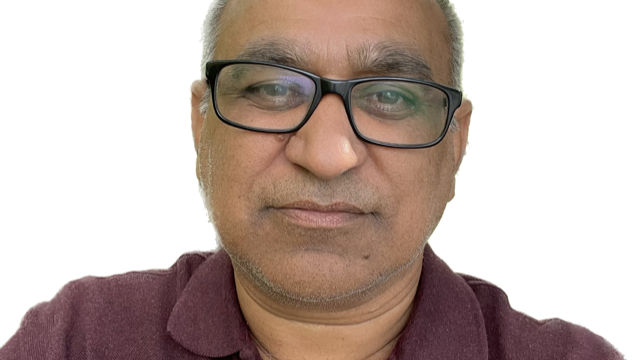Our idea in the Helsinki Challenge competition was brilliant, and we reached the semi-finals. But the jury did not value us enough to let us into the final.
What the heck went wrong?
Was it the idea, or was it bad communication, failure in the pitching, was it me … should I throw myself to the wolves?
PhD (Industrial Management) Pekka Peura is Director of the Levón Institute, University of Vaasa, and a Friend of the InnoLab.
Or what do you say? Our message was, that we can change the “energy world” by creating small regional units, Energy Villages, to be self-sufficient in their energy management using renewable sources from their own area. Then, we were to establish a network of these villages, by our own devices and ICT systems, and disseminate it globally. This would make the new “Energy Google” controlled by Finns, from Vaasa.
The trouble was, how to tell this in brief but still credibly and business oriented.
The competition was about finding ideas that would change the world towards sustainability, but also about creating attractive global new businesses. So, it was all about innovations.
The semi-finals comprised 20 fine ideas, very much different from each other, from baby care to renewal of energy management systems. I guess that the evaluation of these ideas was demanding, almost impossible.
As the late rock star Tom Petty wisely said when receiving his music award: “There is no best in rock’n roll – but it is sure nice to be recognised.” And for us, it would really have been more than nice, indeed!
The competition semi-finals and its “acceleration phase” of the ideas consisted of a number of tasks and workshops to further elaborate our ideas. It was accompanied with extensive material and instructions to assist in this process. The whole procedure was very useful for us – as it certainly was for all ideas.
We got a lot of publicity, excellent feedback – practically no doubts of whether we could carry out our idea. And after six months of development we were almost certain to be selected to the final.
But there was one feature that seems to be characteristic within most discourses and processes concerning innovation: All materials, from start to the end, were composed for developing some kind of a single separate device – an easily understandable piece of usually a technical apparatus.
This would also be really easy to communicate, not only to the jury but also to the wider audience: “this is the thing, we can produce it, this is what it does and costs, and here we have a business…” Maybe good for business angels, maybe good for making money fast! If this were the (only) meaning of innovations, fine – the solutions would probably deserve their place and respect.
However, in my opinion, a competition looking for global solutions that would create new praxis and “change the world”, should absolutely look for much more than that. Changes at the societies’ level seldom take place by introducing new single devices.
Instead, changing systems or launching new ones can be real change agents and function in the long term. The main question here would be: What is the meaningful entity that really would change the world and simultaneously sow the seeds for good businesses?
In the Helsinki Challenge competition it was striking that this kind of demand for connections to larger systems was absent.
So, I still believe in our idea very strongly – especially in universities our duty is to develop comprehensive systemic solutions with real significance. They will also create positive operational environments and new places of application for the “single separate” devices, even good business and even for the universities.
The dilemma here is communication. It is extremely demanding to make large systems with a number of details and business opportunities understandable in small space or short time.
But still, I think this is a must – let’s develop both innovations and communication of them!



